I worked on a website redesign project for Kino AI, an AI-powered video-editing software startup that helps filmmakers organize and search footage through semantic search and transcription capabilities. I redesigned the website architecture and developed a visual language inspired by vintage film equipment to position AI-assisted editing as both innovative and approachable to filmmakers. I established a comprehensive design system including color, typography, buttons, and iconography, then created wireframes and user journeys to showcase key software features. I also built a working prototype with parallax animations to test the design's effectiveness in communicating Kino's AI-driven workflow tools.
Kino AI is a software company that uses AI to help organize and search video footage. Their Media Assessment Management (MAM) software lets filmmakers view, search, log, and sync footage securely on a local machine or in a private cloud.
Kino AI wanted a rebranding that includes a new website and new logo that better reflects the core identity of their product. Our task was to create a brand and web presence that captures Kino’s innovative approach while feeling approachable to filmmakers and content creators.
- 1 A logo system that adapts across platforms
- 2 Color palette balancing technological precision with creative warmth
- 3 Typography pairing that honors film heritage while feeling contemporary
- 4 Wireframes showcasing key features and user journeys
- 5 An interactive prototype of the new website
In crafting Kino’s visual identity, we explored the duality between mechanical precision and organic vision. Drawing inspiration from the legacy of meticulously engineered film cameras, we wove together elements that reflect both the technical sophistication of traditional photography and the innovative spirit of our software. The concept of the camera eye – simultaneously mechanical and alive – became central to our design.

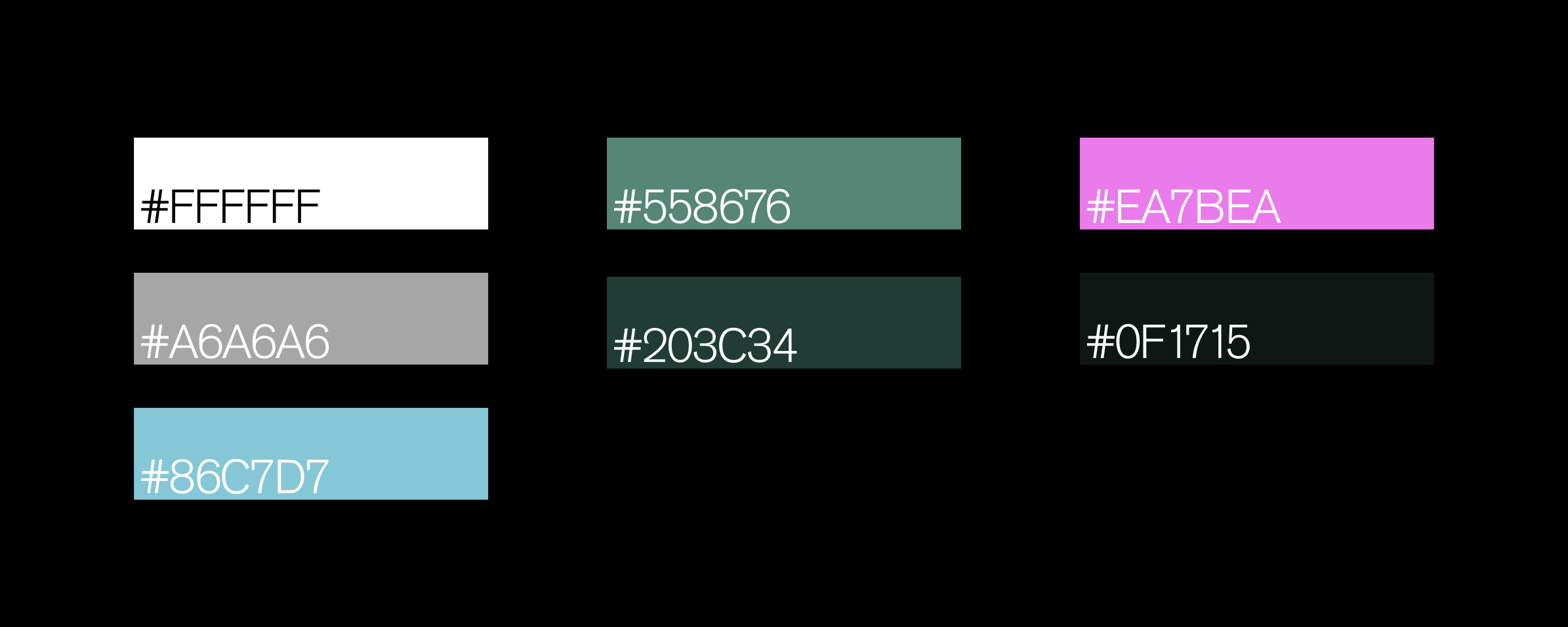
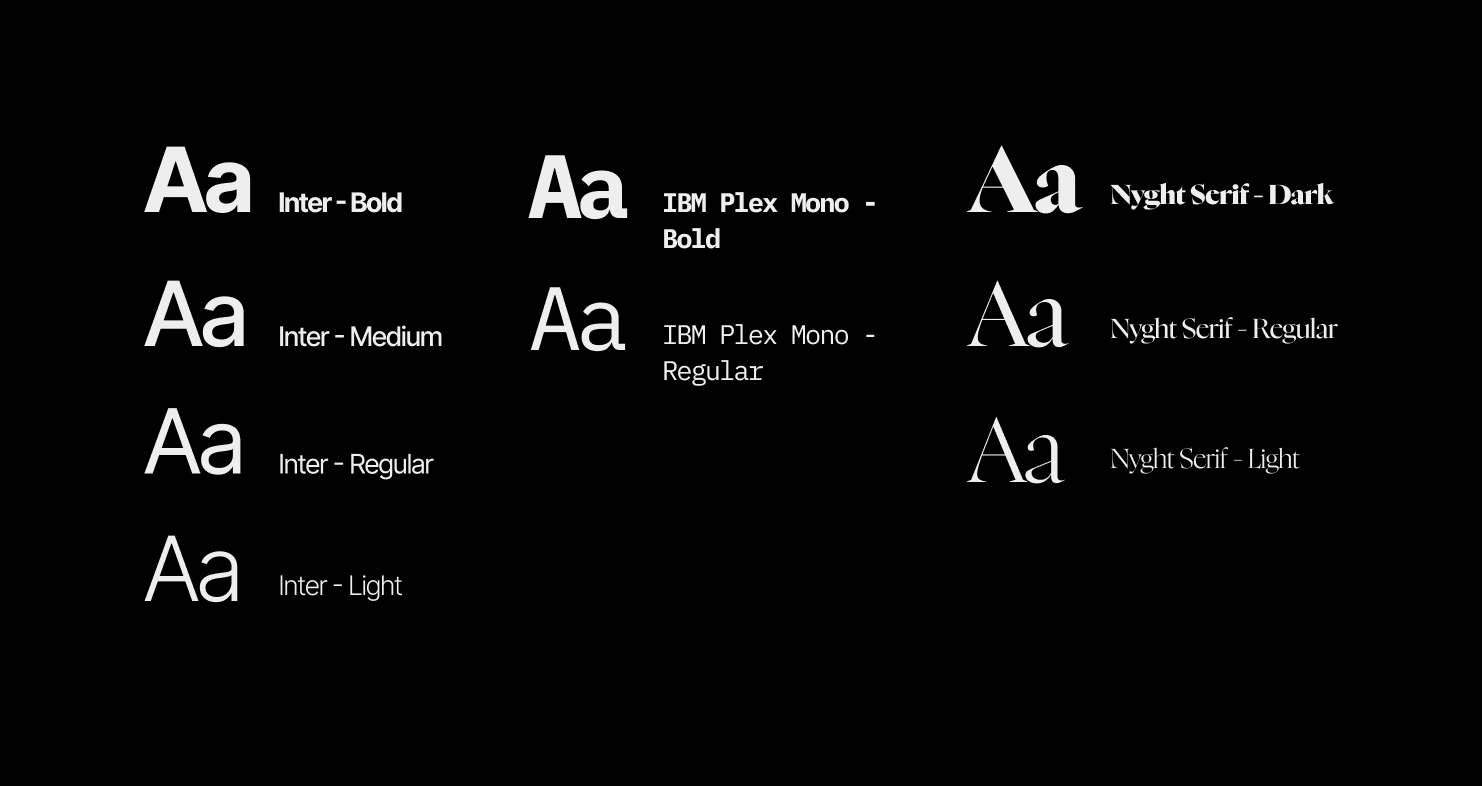
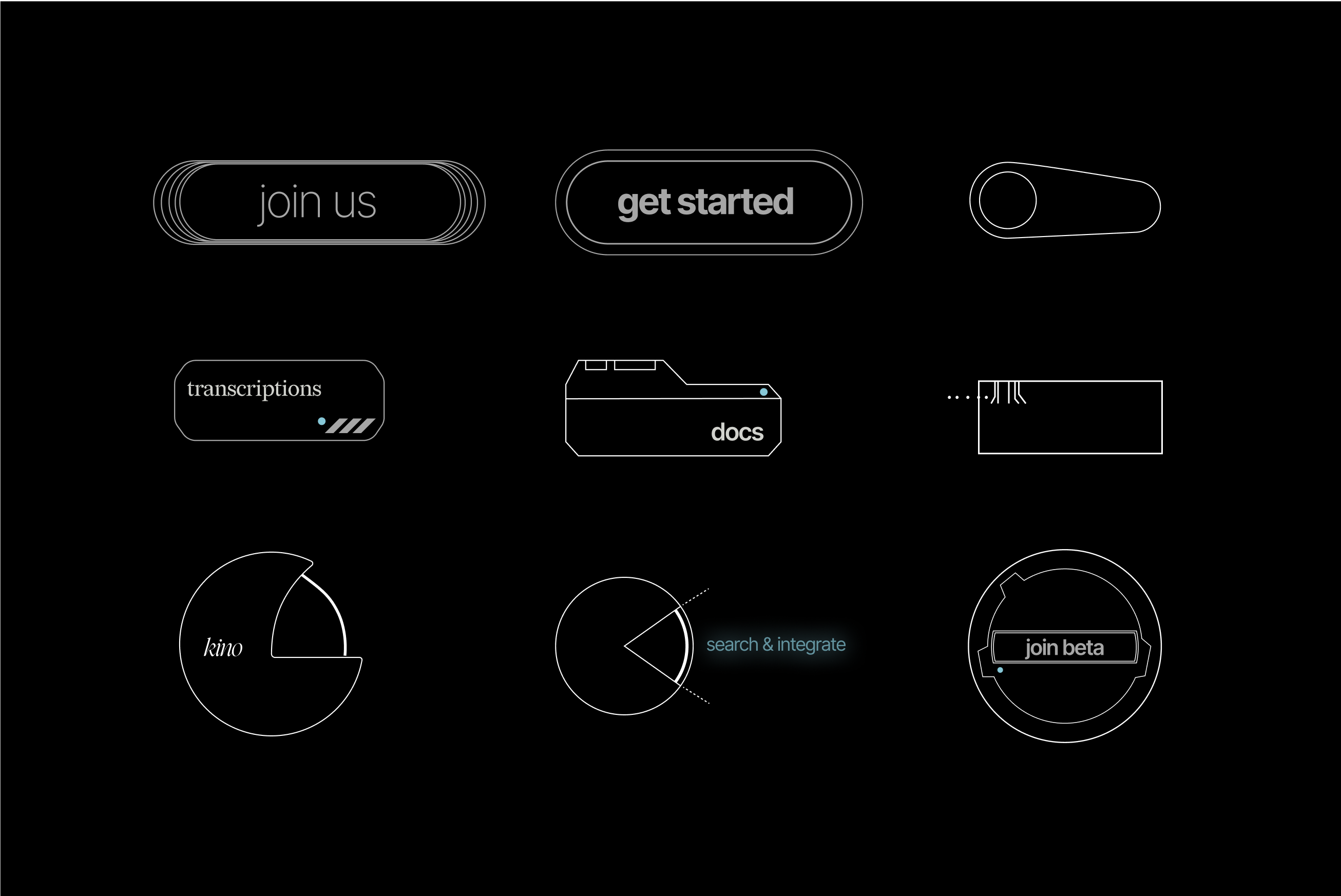
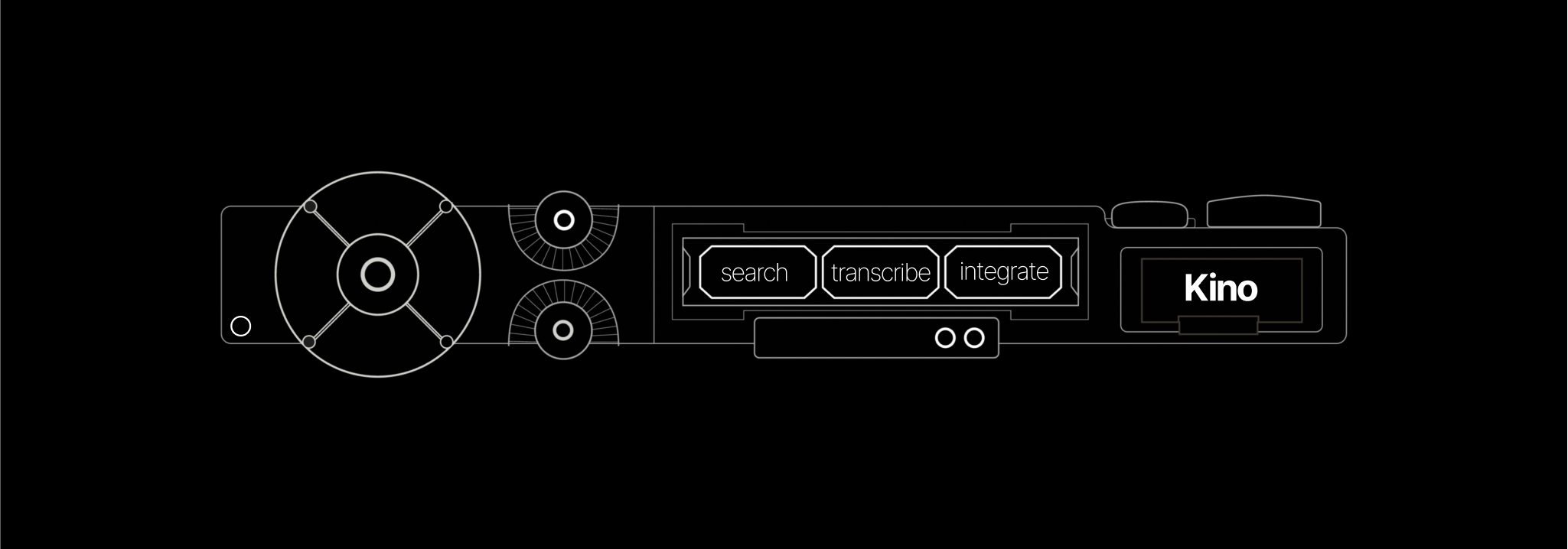
Next, we designed wireframes for the website. Starting with low-fidelity sketches allowed us to validate our overall approach before investing in detailed designs. As we refined the wireframes, we placed particular emphasis on the feature pages, ensuring they would effectively showcase Kino’s capabilities while maintaining a cohesive user experience throughout the site.
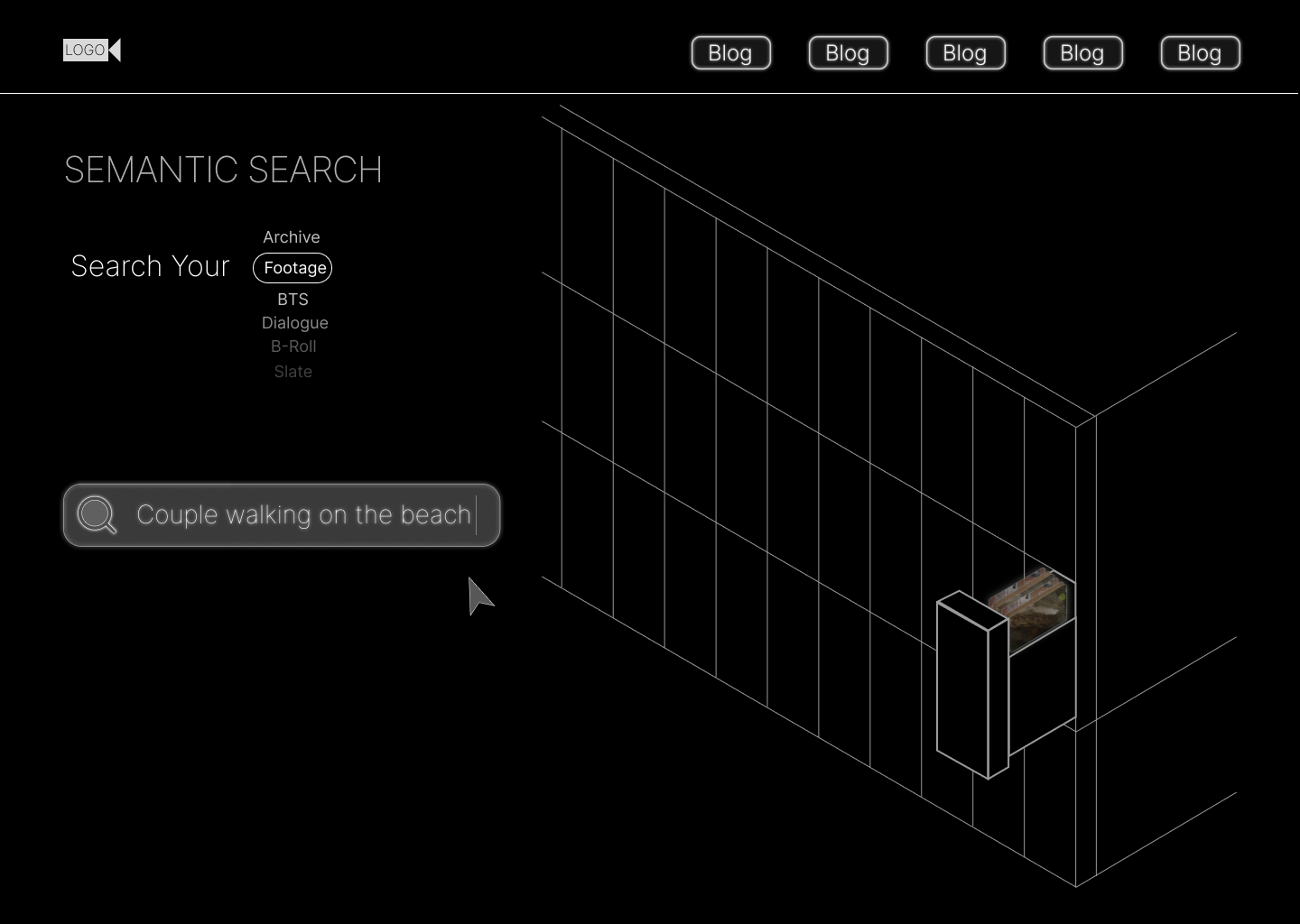
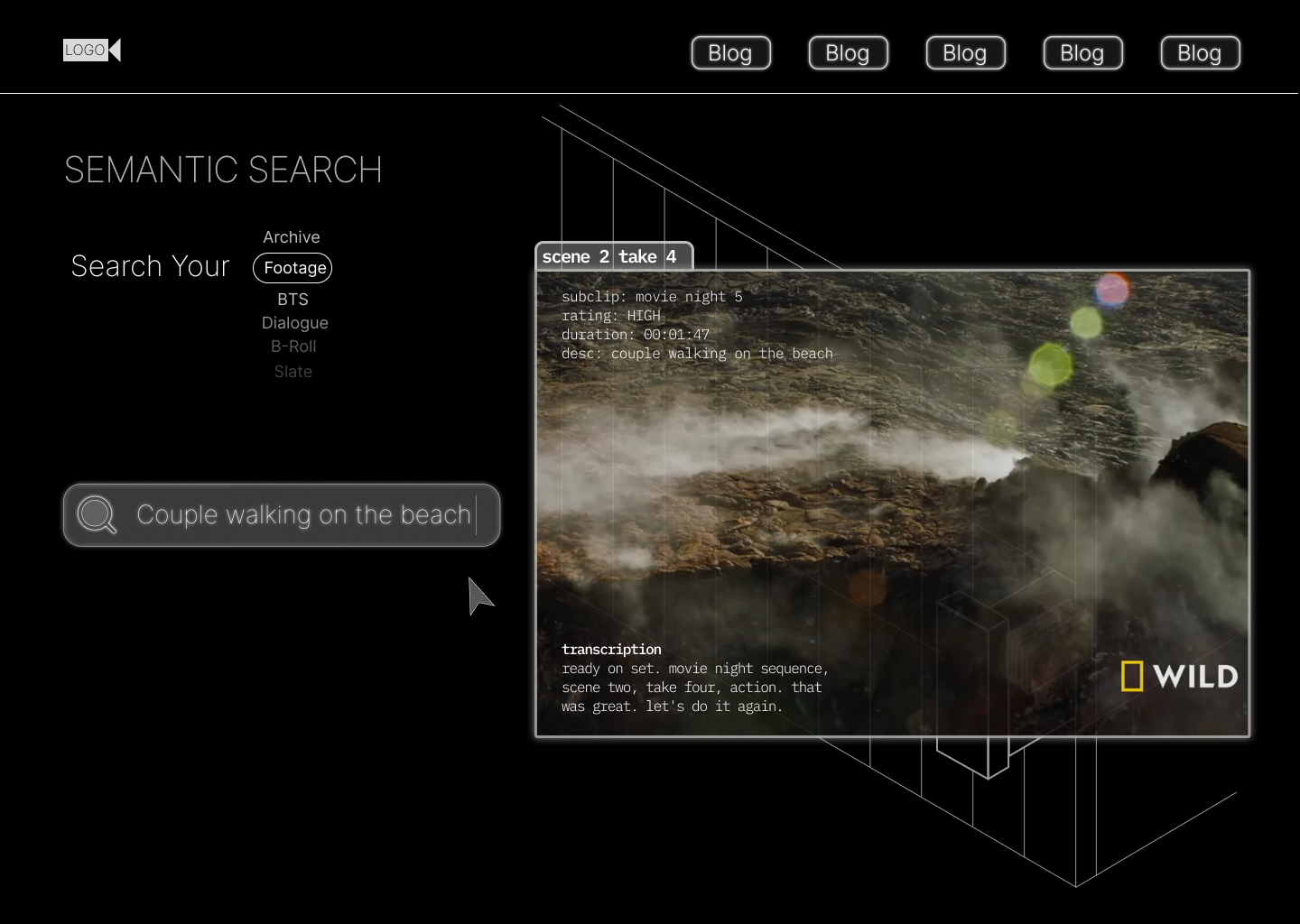
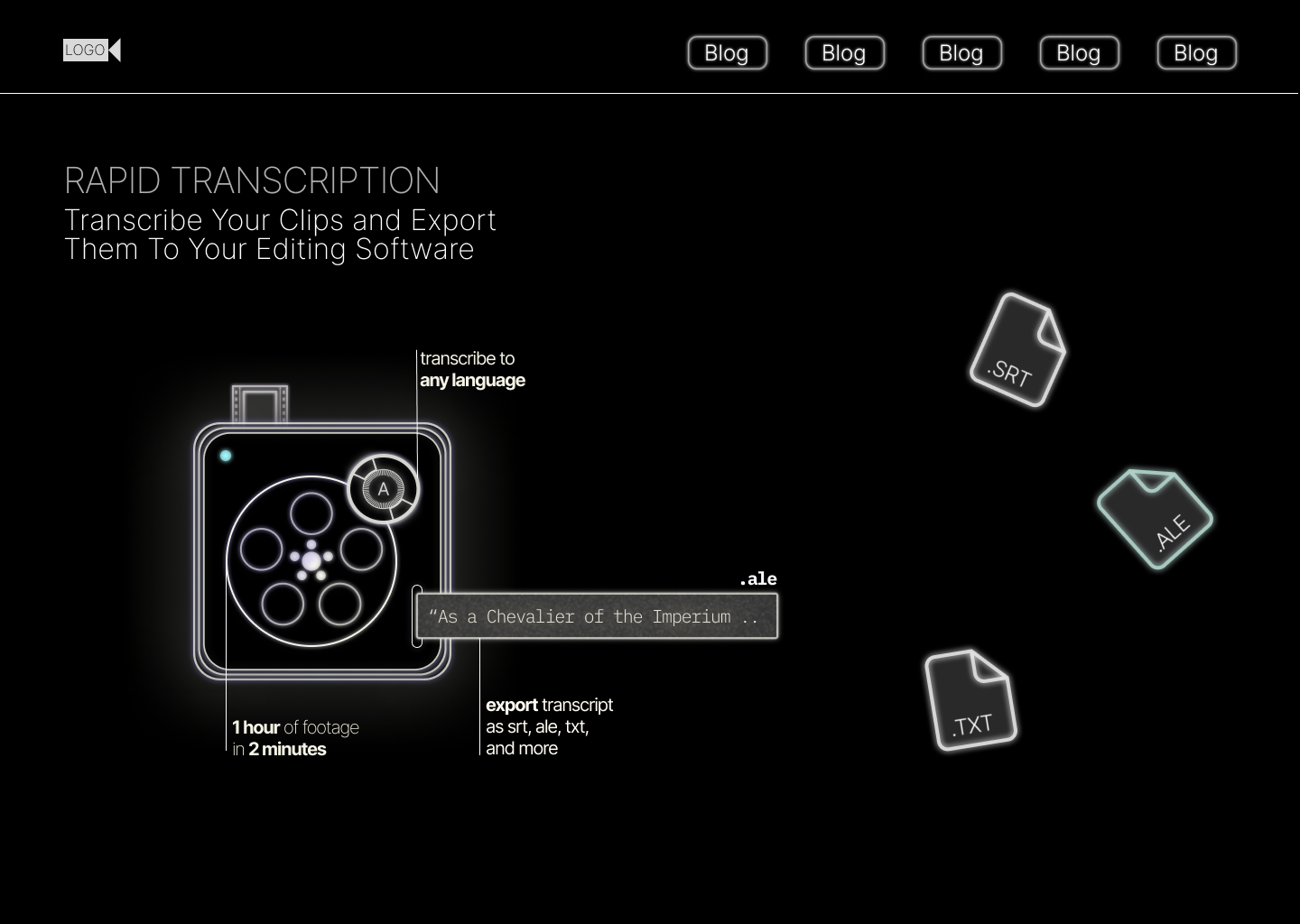
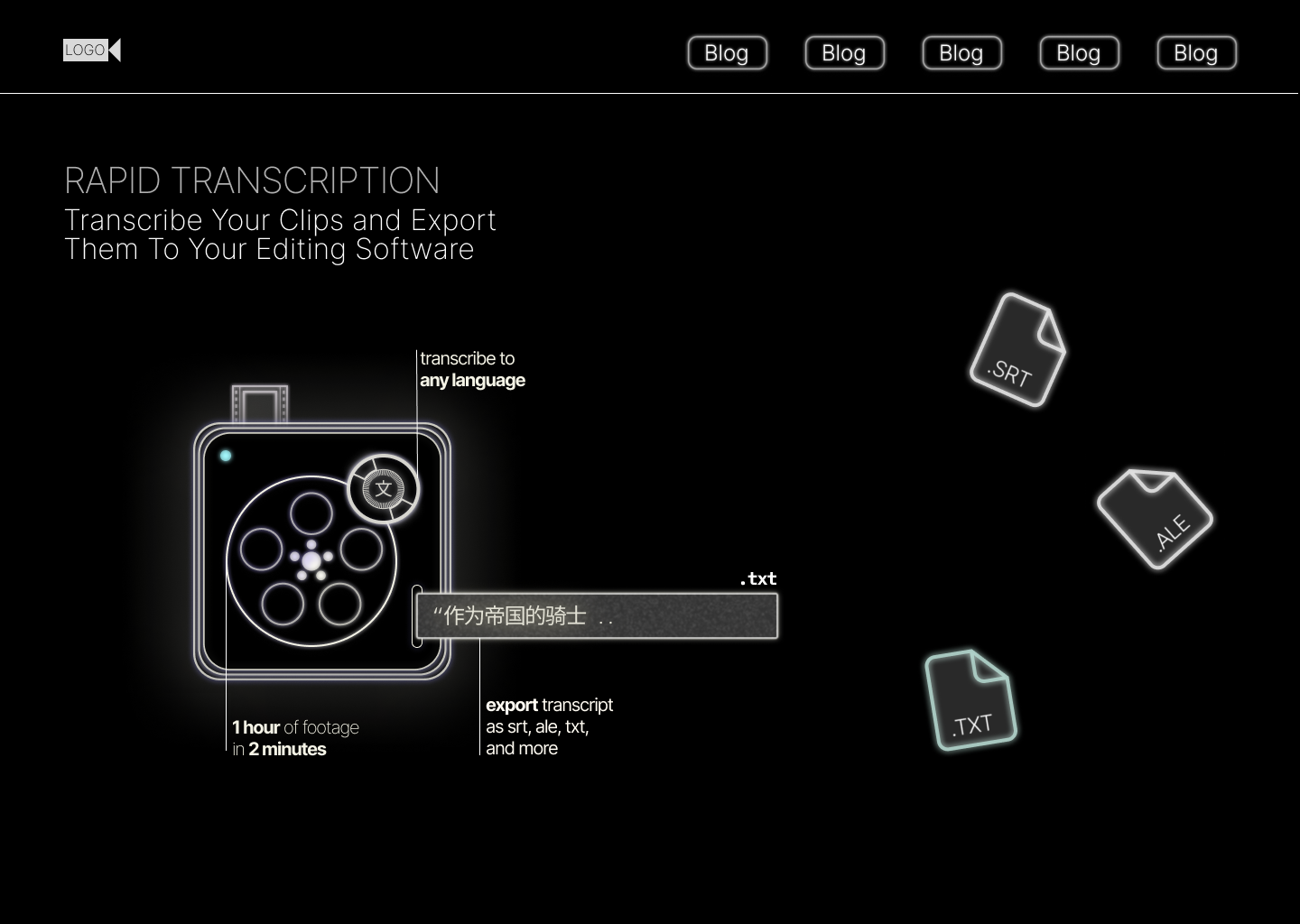
Finally, I created a prototype of the new website. This allowed me to test the wireframes and ensure they would effectively showcase Kino’s capabilities while maintaining a cohesive user experience throughout the site. I built the site using React, Next.js, and Tailwind CSS on Cursor.